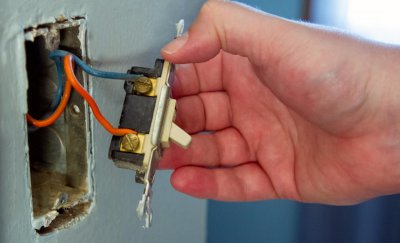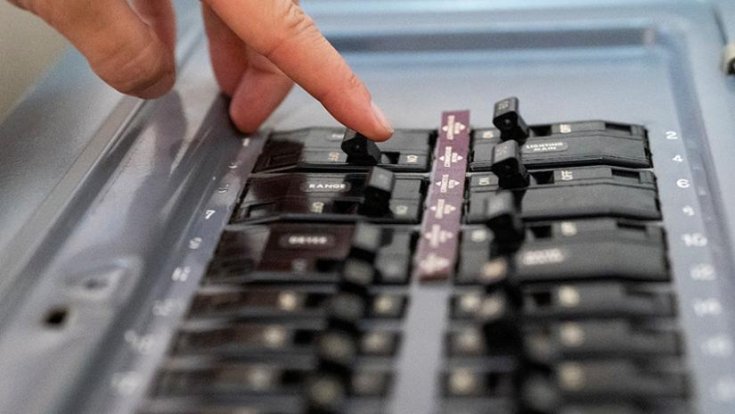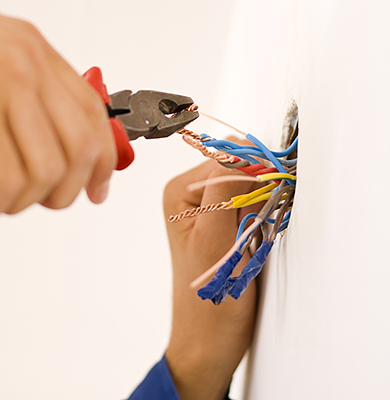



24-Hour Emergency Electricians in Fort Worth, TX
Call this Friday to Get 15% OFF
Need an electrician?
Schedule NowRequest Electrical Service Now
817-585-2993
Wiring a new house is a complex and critical process that ensures your home is equipped with a safe and functional electrical system. From powering lights and appliances to supporting modern technology, proper electrical wiring installation is essential. While it's strongly recommended to hire a professional electrician for this task, having a general understanding of the process can help you communicate your needs and expectations effectively.
Before any wiring work begins, careful planning and design are essential. This involves determining the locations of outlets, switches, lighting fixtures, and other electrical components. A well-thought-out plan considers the electrical needs of each room, as well as safety and efficiency factors.
In many jurisdictions, obtaining the necessary permits for electrical work is mandatory. This ensures that the work is done according to local building codes and safety standards. Your electrician or electrical repair service provider will typically handle the permit process.
The rough-in wiring phase occurs before the walls are closed up. During this stage, electricians install the wiring and boxes for outlets, switches, and fixtures. This includes running cables through studs, setting up electrical panels, and preparing for any special installations, such as for home theater systems or security systems.
Electrical panels, also known as breaker boxes, are crucial components that distribute electricity throughout the house. They receive power from the utility company and distribute it to different circuits. Proper labeling of circuits is essential for identifying which breaker controls which area of your home.
Once the rough-in wiring is complete, electricians install outlets and switches according to the predetermined plan. Outlets are positioned strategically to provide convenient access to power sources, while switches control lighting and other fixtures.
Wiring for lighting fixtures involves connecting the fixtures to the electrical system. This includes recessed lighting, chandeliers, ceiling fans, and any other types of light fixtures you plan to install. Proper wiring ensures that the fixtures are both functional and safe.
Before the project is considered complete, thorough testing and safety checks are conducted. This includes verifying the functionality of all outlets, switches, and fixtures, as well as confirming that all safety measures, like GFCI and AFCI protection, are working as intended.
Once your new house is wired, it's essential to practice ongoing maintenance to keep your electrical system safe and efficient. Regular checks for any signs of wear or damage, along with prompt calls to Mr. Electric for any issues, can help prevent problems from escalating.
While a general overview can give you an idea of the process, it's imperative to hire a qualified electrician from Mr. Electric to handle electrical wiring installation. An expert will ensure that your home's electrical system is safe, compliant with codes, and tailored to meet your specific needs. From planning and designing to testing and ongoing maintenance, a well-wired house ensures that you have reliable access to power for all your daily needs and modern conveniences.